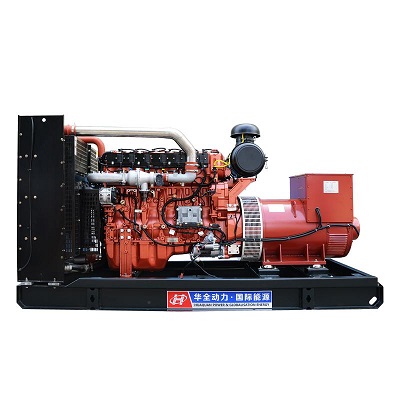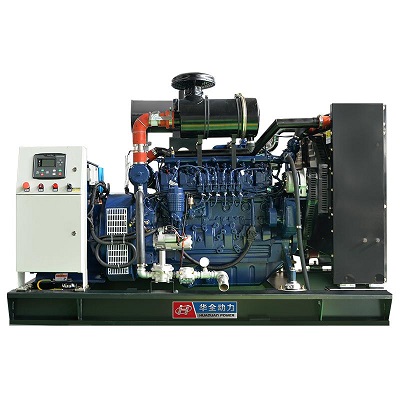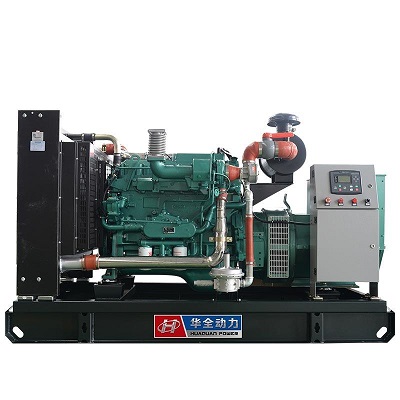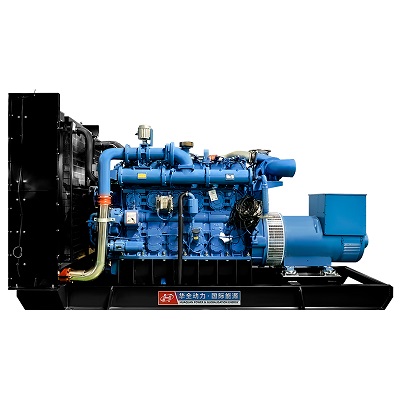The
gas generator set operating procedures mainly include pre-start inspection, start-up, operation, maintenance and care.
1. Pre-start inspection
Appearance inspection: Ensure that all parts of the generator set are complete, all pipelines are connected correctly and sealed, and the chassis and components are firmly connected without looseness.
Intake system inspection: Check the gas pipeline, gas processing equipment and safety devices to ensure reliable connection and no leakage.
Lubrication system inspection: Fill the oil pan with qualified and clean engine oil, and the oil level should be close to the upper scale line of the oil dipstick.
Cooling system inspection: Check whether the coolant level is normal to ensure that the cooling system is working properly.
Other inspections: Check the low-voltage distribution cabinet, engine coolant level, generator battery, pressure regulating valve, oil level, distribution output power switch, generator status, air filter, fault indicator and alarm indicator, etc.
2. Startup and operation
Startup: After completing the pre-startup inspection, disconnect the load switch and start the generator. After starting, check the unit's speed, frequency, voltage, oil pressure, water temperature and other parameters to ensure that the unit has no abnormal noise, abnormal vibration, and normal smoke exhaust.
Operation: When the water temperature rises above 35°C, close the generator's output switch and check whether the output power is normal. When the unit is running, it is necessary to regularly check the oil temperature, water temperature, oil pressure, gas pressure, water level, oil level and other parameters, and record the unit parameters.
3. Maintenance and care
Regular inspection and maintenance: Regularly check the level of liquids such as oil and coolant, replace wearing parts such as oil filters and air filters, and keep the unit clean and in good performance.
Cleaning and maintenance: Keep the unit and the surrounding environment clean, and regularly clean up dust and debris to prevent damage to the unit.
Record maintenance information: Record the findings, treatment measures and replacement spare parts information during the maintenance process in detail for subsequent tracking and analysis.
4. Safety precautions
Professional training: Operators should receive professional training to understand the structure, performance and safe operating procedures of the unit.
Avoid overload use: Ensure that the load does not exceed the rated power range and avoid long-term no-load operation.
Maintain good ventilation: There are no obstructions around the unit to ensure good ventilation conditions.
Prevent fuel leakage: Check the fuel system regularly to prevent fuel leakage from causing fire or explosion accidents.
Comply with operating procedures: Strictly follow the operating manual and safety regulations to avoid malfunctions or accidents caused by misoperation.
Fire prevention measures: Fire extinguishing equipment should be equipped around the unit and its performance should be checked regularly.
Rain and sun protection: Take additional protective measures in extreme weather conditions to protect the unit from damage.
Personal protection: Operators should wear appropriate personal protective equipment, such as insulating gloves, protective glasses, etc.
Through the above steps and precautions, the stable operation of the gas generator set can be ensured.



